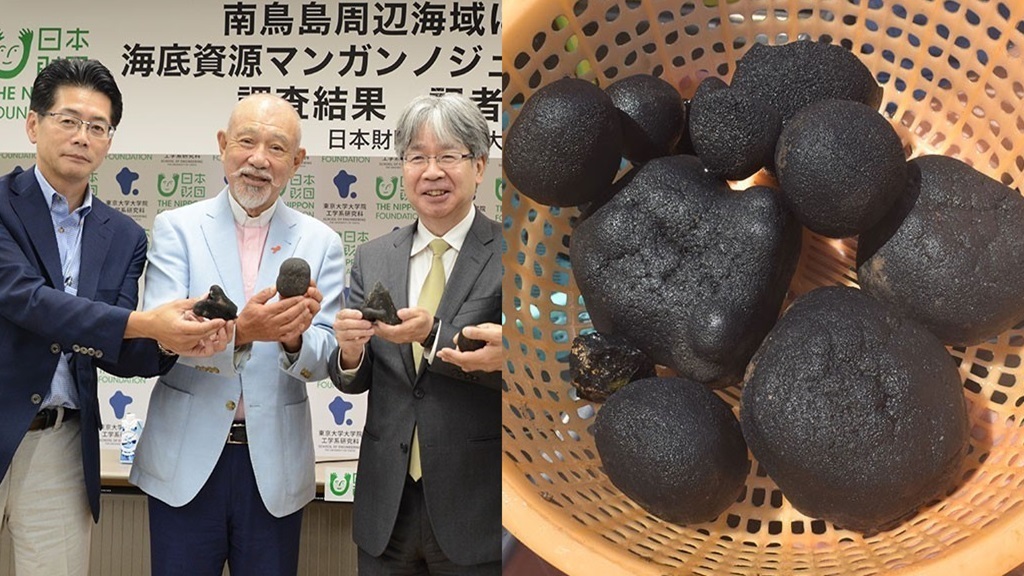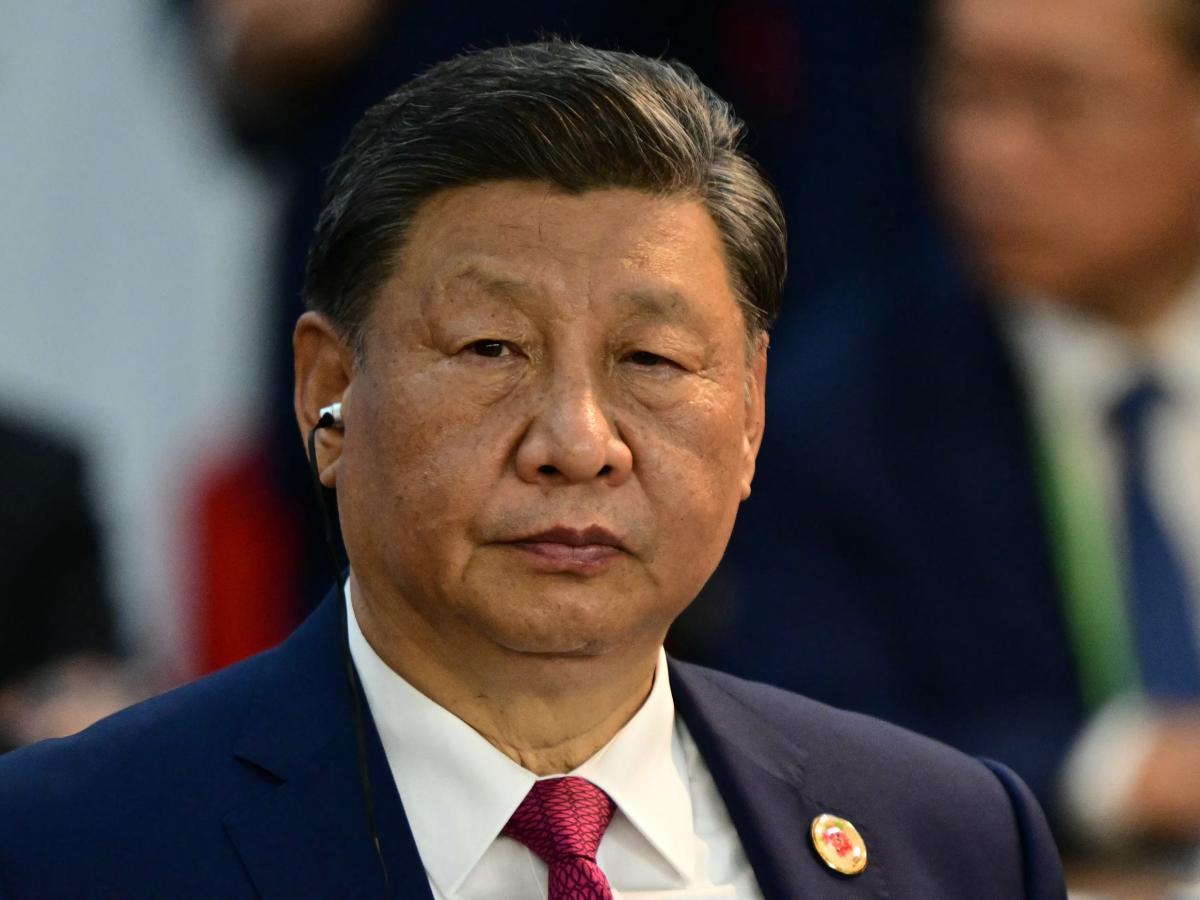[Source]
A survey by the University of Tokyo and The Nippon Foundation from April 24 to June 9 has uncovered a vast deposit of rare earth metals worth an estimated $26.3 billion near Minami-Torishima Island. Located 3.5 miles (5,700 meters) below sea level, the deposit contains approximately 230 million tons of manganese nodules rich in cobalt and nickel, crucial components for electric vehicle batteries and other technologies.
-
Semi-infinite supply: Researchers noted during the announcement of the discovery in July that the deposits could supply Japan’s cobalt needs for 75 years and nickel needs for 11 years, significantly reducing the nation’s reliance on imports. The Nippon Foundation said it plans to begin experimental extraction by March 2026, with plans to harvest 3 million tons of these valuable resources annually. The discovery comes on the heels of a 2018 study by Waseda University and the University of Tokyo which first identified the existence of the “semi-infinite” rare earth mineral deposits.
-
Risks and concerns: Scientists and environmental organizations warn that harvesting manganese nodules could cause potential damage to fragile deep-sea ecosystems, including habitat destruction, noise pollution and the release of sediment plumes that could smother marine life.The United Nations’ Climate Change Conference last year included discussions about deep-sea mining and marine protection as demand for battery metals grows. The International Seabed Authority is also currently working to establish regulations for deep-sea mining.
Download the NextShark App:
Want to keep up to date on Asian American News? Download the NextShark App today!


